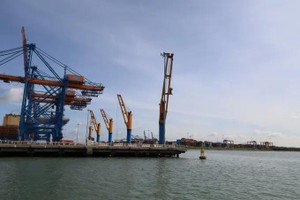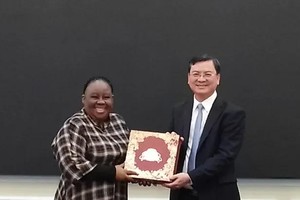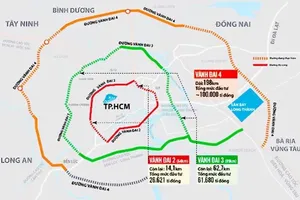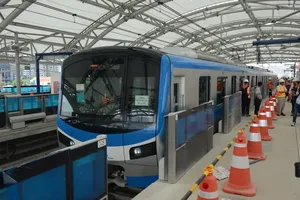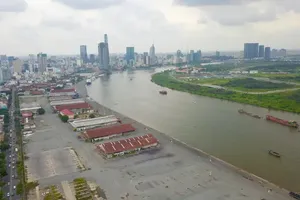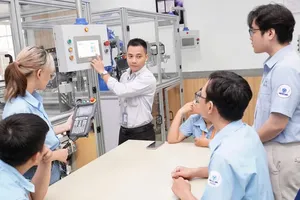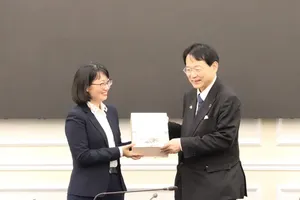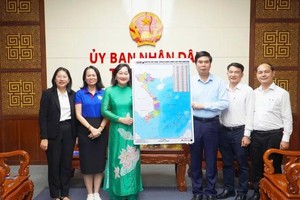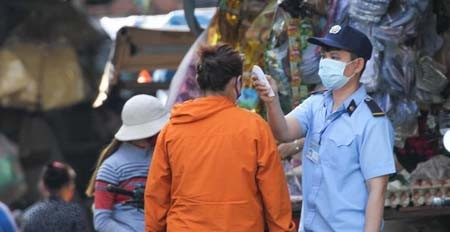
As to catering business, there are 10 criteria, each of which are marked on the scale from 0 to 10. These criteria assess material origin, goods unloading zone, food warehouse to comply with regulations of related state units, food processing zone to possess sufficient and sanitary equipment.
Also, the dining space has to ensure a safe distance of 1 meter and a surface area of 3 square meters or a fixed partition of 1-meter height at the minimum between 2 diners.
This dining space has to be airy, with enough soap or hand sanitizer. Tables and chairs here need regular disinfection before and after use. Cutlery sets must be stored in separated closets and not be set on table when not in use.
All cooks, waiters and waitresses, food transporters have to wear face masks and have their temperature checked before shift. Diners need to go over this checking as well. Soap and hand sanitizer have to be provided for cooks, diners, and food transporters in need.
Any catering business that can reach from 50 percent of these criteria, plus satisfying Criterion No.5, 9, and 10 can resume their work. Otherwise, they cannot open their business again.
The detailed criteria set can be accessed here.
Regarding tourism, the set is divided into 3 groups of tourism accommodation businesses, travel agencies, and landscapes located in HCMC.
The second group is requested to find ways to collect health information and medical declaration of tourists, both domestic and international. These agencies need to train employees about appropriate methods to prevent and control the spread of Covid-19 among themselves and tourists.
The first group have to satisfy the above criteria, along with carrying out disinfection tasks regularly in tourist accommodations, ensuring a safe distance of 2 meters at the minimum, and allocating alternate rooms for customers.
The last group is asked to prioritize disinfection tasks for both visitors and existing objects, surfaces. Another critical task to focus on is temperature checking for all visitors to these places. The set includes criteria about allocating a secluded area to be an isolation zone when in need, with protection clothes for employees.
The detailed criteria set can be accessed here.
With regard to industry and trade, there are 3 sub sets, each having 10 criteria on the scale from 0 to 10, for 3 groups of wholesale markets, traditional markets, supermarkets and department stores.
Any unit that can gain at least 80 marks is considered safe against Covid-19 and can resume the operation. If a unit gains from 50 to under 80 marks, it is quite safe against Covid-19 and can also reopen, but need to improve the criterion with low marks in one week after the evaluation. It will be regularly checked by the People’s Committee of the local area.
A unit with under 50 marks must temporarily halt their activities and try to improve the situation to meet the criteria for resuming work.
Noticeably, in each sub set, certain criteria are requested to be satisfied in all cases; otherwise, businesses have to stop operating.
The detailed criteria set can be accessed here.
As regards education, there are 10 criteria, each on the scale from 0 to 10, in the 2 sub sets for kindergartens and schools.
If the total marking is from 90 to 100, the educational institute is considered extremely safe, and can welcome students to learn there.
If this total marking is from 70 to under 90, it is very safe, and can reopen for teaching, but need to have regular checking to improve any low-marked criteria.
If the total marking is from 50 to under 70, it is quite safe, and may resume the teaching tasks but have to immediately improve low-marked criteria on the way, along with having regular examination.
If this total marking is from 30 to under 50, it is quite unsafe, and need to implement safety methods before reopening for students. In the last case, that educational institute has to stop its teaching tasks.
The detailed criteria set can be accessed here.
As to transport, the safety set has 6 mandatory criteria and 4 optional ones.
The first group requests that employees and vehicle drivers wear face masks and gloves while in duty. The density of passengers should reach 50 percent of the vehicle’s capacity. All travelers must wear face masks. All vehicles must be disinfected after each use.
The second group focuses on vehicles’ space, thermometer equipment, and propaganda activities on vehicles to inform the public about disease prevention.
Accordingly, any vehicle reaching at least 80 percent of the criteria, with no compulsory one being marked zero, can operate. Those from 60 percent to under 80 percent, with no compulsory one being marked zero, can also work but need to improve low-marked criteria. The ones having under 60 percent are not allowed to work.
The detailed criteria set can be accessed here.
In related news, the HCMC Health Department issued a ‘Covid-19 Safety Criteria Evaluation Set for Covid-19 for Clinics, and Hospitals in the City’.
This set has 31 criteria in the 10 risk groups for many kinds of healthcare institutes, ranging from large hospitals to local state clinics, to polyclinics, and specialized clinics. Each criterion is marked from 1 (the lowest risk) to 10 (the highest risk). The final marking is the average of all criteria.
The detailed criteria set can be accessed here.

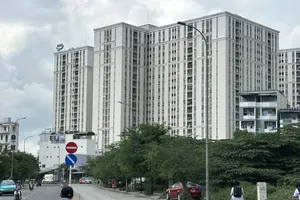
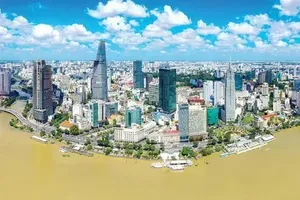

)

